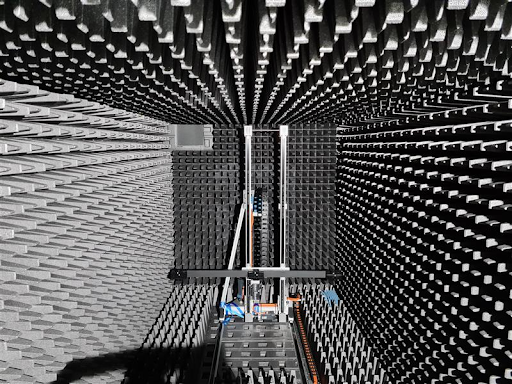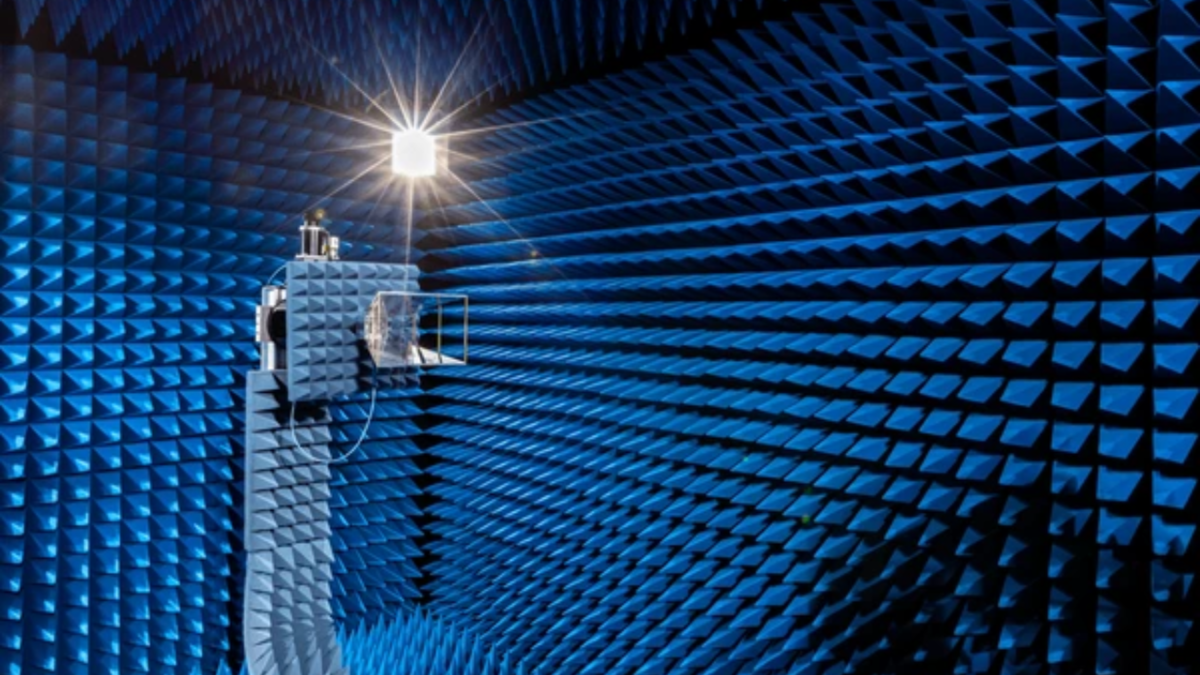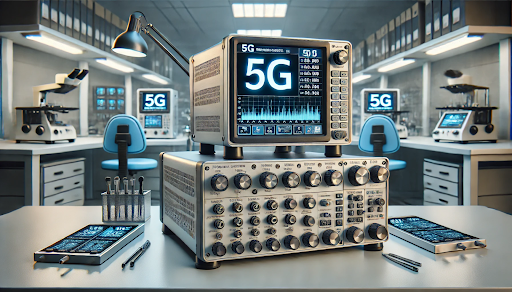For there to be uninterrupted communication, signal antennas must be aligned properly, so that they don’t lead to poor signal quality and major project setbacks. The Antenna Positioning system controls the physical orientation of an antenna to optimize signal reception or transmission by directing the antenna toward the desired source.
In this blog, we have covered everything you need to know about the importance of positioning systems, their components, applications, and the benefits they bring to industries.
Antenna Positioning Systems: The Backbone of Seamless Communication!
An antenna positioning system helps to control the alignment of antennas, which play a big role in influencing the quality of signals transmitted and received.
That’s why, to ensure that antennas perform at their peak potential, these systems control their orientation.
Its Key Components
- Actuators: These are mechanized tools that enable multi-axis movement. It helps in fine-tuning the antenna’s orientation.
- DUT (Device Under Test) Positioner: Positions the device being tested accurately.
- Control Unit: The control unit ensures that the antenna is always positioned accurately.
- Real-Time Sensors: These provide real-time feedback to ensure the system adapts to its dynamic environment.
Antenna Positioning Systems: How They Work to Perfect the Signals
These systems help in enhancing signal accuracy improvement. But does it work to achieve that? Here’s how:
- Multi-Axis Movements: In many systems, it helps move the antenna in various orientations, such as azimuth, elevation, or tilt adjustments.
- Drive System: Servo motors or steppers move the antenna with precision.
- Sensors & Software: These provide feedback on the antenna’s current position and orientation.
- Control System: Processes sensor feedback and commands the drive system to adjust the antenna’s position.
Things to Consider Before Investing in Antenna Positioning Systems
There are certain things you need to understand before investing in an antenna positioning system, such as:
- Application Requirements: Understand your application’s needs. What is its required range, including range of motion and precision?
- System Compatibility: Confirm whether the positioning system is compatible with your current infrastructure & equipment.
- Budget: Ensure you have a proper understanding of the system’s cost. You must include the installation and maintenance in this so that it fits your budget.
- Reliability and Durability: Choose antenna alignment tools known for their reliability and durability, especially if they are used in harsh environments.
- Technical Support: Make sure that the system you are buying has technical support and training from the manufacturer.
Advanced Antenna Technology: The Key to Faster and Smarter Connectivity!
From 5G networks to satellite communications, Wi-Fi advancements, and beyond, advanced antenna systems are the backbone of much of the connectivity infrastructure.
- Beamforming: It’s a signal processing technique used to focus a signal in a specific direction rather than broadcasting it in all directions. It can be applied in transmit and receive modes.
- MIMO (Multiple Input, Multiple Output): MIMO technology uses multiple antennas to transmit and receive more than one data signal simultaneously. This process takes place over the same radio channel. It plays a key role in increasing data rates, improving reliability, and extending the range of wireless networks.
- Phased Array Antennas: Phased array antennas allow the direction of the beam to be electronically controlled without physically moving the antenna.
Precision Perfected: How Antenna Alignment Tools Enhance Positioning Accuracy!
Without these, it is challenging to ensure precision during antenna installation and maintenance. Antenna alignment tools help in measuring and adjusting these key parameters:
- Azimuth
- Tilt
- Polarization
Various alignment tools are available, such as:
- Laser Alignment Devices: By projecting laser beams, technicians use these to achieve accurate antenna alignment.
- Software-based Alignment Applications help make real-time positioning adjustments based on current conditions using GPS, sensors, Ethernet Interface (REST API), or other data sources.
Key Applications of Antenna Positioning Systems and Their Impact
Positioning systems are used in many industries, such as:
- Telecommunications: To provide effective signal transmission, cutting latency, and guaranteeing exact beam alignment for 5G networks.
- Broadcasting: Optimizing the delivery of signals for television and radio networks.
- Aerospace: Enabling communication and satellite tracking in challenging settings.
- Defense: To provide accurate positioning for UAVs (unmanned Aerial vehicles). This helps them operate effectively.
- IoT and Smart Cities: These systems help to improve the connection for smart infrastructure and IoT devices.
Conclusion
Antenna positioning systems are foundational to the seamless connectivity experiences we expect today and will be at the forefront of the next generation of communication technologies, empowering faster, smarter, and more reliable networks worldwide.
Are you ready to enhance your communication systems with the help of advanced antenna positioning technology?
As the leading 5G test solutions provider, Orbis Systems provides solutions that can improve your testing capabilities. As a result, you can position your organization at the forefront of 5G technology.
Contact us today and take the first step towards uninterrupted connectivity.
FAQs
1. Why is accurate antenna positioning important for my business?
Accurate antenna positioning is important for your business. It helps achieve maximum signal quality and coverage and improves customer experiences through better network efficiency and faster speed.
2. How do I choose the right advanced antenna technology for the needs of my organization?
You can select the right positioning system for your organization by considering several factors, including the specific application, technology options like MIMO, beamforming environmental conditions, frequency range, budget, and more.
3. How often do antenna positioning systems need to be maintained?
- Routine Inspections (Monthly / Quarterly) like Visual tests (i.e., to check for any damage) and Movement tests (i.e., verify Antenna moves smoothly)
- Software / Firmware updates (as needed)
4. Can I integrate antenna alignment tools with existing infrastructure?
Yes, you can integrate these alignment tools with existing infrastructure
As a result, it can greatly improve how accurate and efficient the antenna alignment process is.
5. What support options are available after purchasing an antenna positioning system?
There are various support options, such as technical support, staff training, maintenance services, and software updates.









